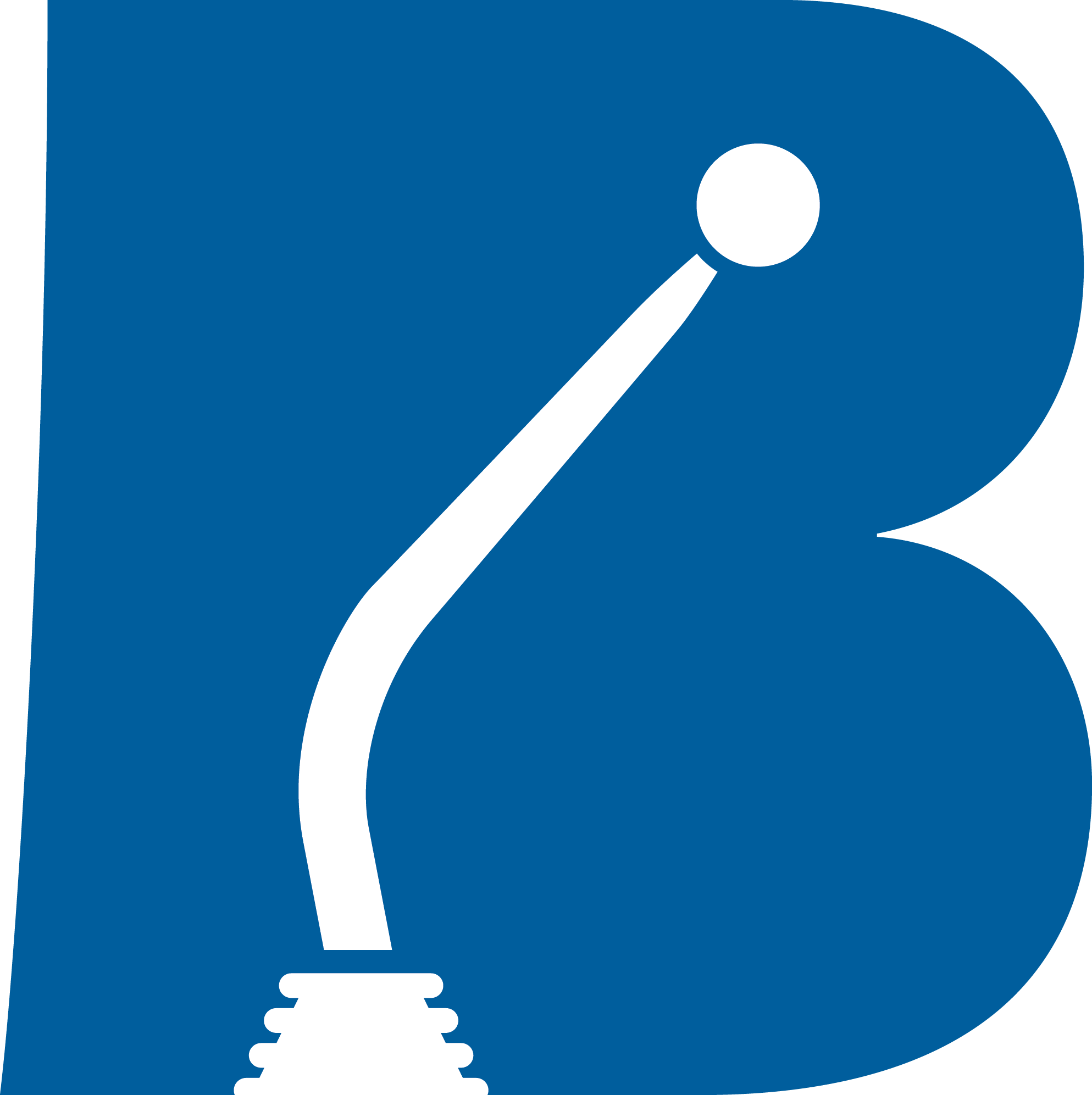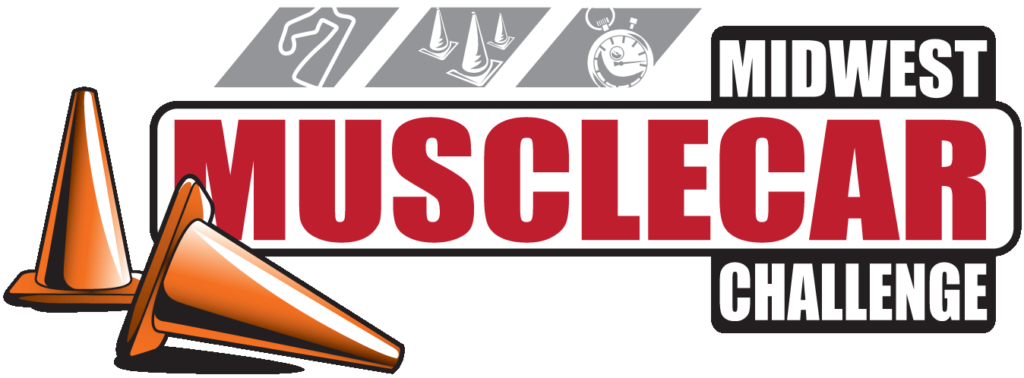Have you recently bought a new manual transmission or are you thinking about buying one? Before you get started there are some critical points to every new conversion that often get overlooked. Here at Bowler Performance we see and hear a lot of horror stories of installs gone bad due to lack of information provided, incorrect components received, or just a basic misunderstanding of how the parts are designed to work. So we’ve put together this fitment guide for you.
Typically with these conversions, we are bringing together parts that are manufactured by several different companies that each specialize in a particular part. Any time that you are bringing together parts from various manufacturers there is the potential for something to not fit quite as it was intended to. There are certain inspections and steps you will want to take before installing a new or different transmission in your car or truck that will assure a “one-time” installation. Doing these steps only takes a few minutes and will save you headaches and head scratchin’ down the road.

We recommend performing each check following the steps below before trying to assemble-as-you-go. If you are still in the planning stages of your build and don’t yet have a transmission package, these are also important aspects to take into consideration with your purchase. Do not get trapped into believing that just because it was included in a quote or kit that it is the correct part for you.
Do not be afraid to ask questions. After all, this is your car, time, and money being invested. On the flip side of that, help your supplier out by being able to provide as much information about your engine and car as possible. If you do not know your engine specs (horsepower, torque, balance, crank bolt pattern, etc.) you leave yourself wide open to guessing what is correct. You never want to guess at what may be the right parts unless you like to spend extra time and money fixing mistakes. This is especially critical when you have a unique or rarely used engine that may be tough to find parts for.
- Pilot Bushing or Pilot Bearing – Both accomplishes the same goal to support the pilot tip of the transmission input shaft. Not all engines can accept a bearing due to limited space available in the crankshaft. In some applications a bearing may stick out and cause interference with either the clutch disk or the splines on the input shaft. Your retailer may not have this information so some homework may be required on your part to make sure you’ll have enough room if you’re trying to run a bearing.
There are two common things to make sure of when it comes to pilot support… one is did you put one in? We’ve seen transmissions get destroyed and clutches not release properly because someone forgot to install a pilot bushing/bearing. Oops! Secondly is the right size pilot bushing or bearing. Too big and you’ll get premature bearing/gear wear and clutch chatter, too small and you’ll get an energized input shaft, which we’ll talk about later.
So, verify this: the pilot tip and the bearing or bushing should have about .0005 to .003 clearance. Not to be confused with an interference fit which is a no go. This check can be preliminarily checked with the bearing or bushing not installed in the crank but MUST be verified after it is installed in the crank because the inside diameter will shrink.
- Flywheel Balance – Depending on the engine, it could be externally balanced or internally balanced. You will want to make sure the crank, flywheel AND harmonic balancer all have the same Zero Balance or Imbalance, as it’s called. Ask your engine builder if you’re not sure. Aftermarket engine stroker kits typically follow existing motor balancing, but not always. The stroker kit manufacturer will have this information for you. Yeah, I know – more than just the flywheel info here but it all plays together on the engine. This check is especially important for the Ford engine owners. Ford used 3 different engine balances over the years, so if you aren’t 100% sure what you have please take the time to find out.
- Bell Housing – Multiple checks to do here. You’ll want to check four things before assembling all your components: Bell housing fit to engine and transmission, perpendicular alignment, and bell housing run-out. All of these checks will require a dial indicator and a magnetic base. We have an additional guide on performing all of the alignment checks here since there is quite a bit of information on that topic alone. This is a critical step to perform regardless of which transmission is being installed. Too many times we’ve repaired a nearly new transmission only because this step was overlooked as not being that important.

- Clutch Pressure Plate – Does it fit the flywheel you have? Some flywheels have multiple clutch patterns on them to accommodate various equidistant, LONG (aka Borg & Beck pattern) or custom patterns. Make sure you can install the pressure plate properly. Never modify the mounting holes in the flywheel, never drill new mounting holes in the pressure plate or flywheel, and ALWAYS use the correct fasteners. There will either be locating pins and non-stepped bolts OR step-bolts and no locating pins. If you install a pressure plate that does not use pins and install non-stepped bolts you will get a vibration. Also, clutch pressure plates are balanced independently of any other assembly. Never balance an engine with the pressure plate installed. You can check the balance with the pressure plate installed but do not re-balance the pressure plate. If your engine builder finds a problem with the balance of the pressure plate… replace it or rebalance it. And never check this with the disk installed since the disk cannot be perfectly centered.
- Clutch Disk – The life decision maker of the whole manual transmission set-up. Install it correctly. The top-hat side of the disk goes towards the transmission. There may also be a sticker on the clutch disk indicating which side goes which way. Verify the spline of the disk matches the spline of the input shaft of the transmission. Verify the clutch disk fits within the pressure plate opening and the edge of the disk comes to or very near the outside edge of the pressure plate surface. Too small of a disk will not be as effective. Additionally, set the disk in the opening of the flywheel and check for the same clearances. Make sure the disk does not come in contact with the flywheel bolts. The flywheel must be installed on the engine to do this check.

- Clutch Installation – When installing your clutch assembly on the flywheel make sure all the above was addressed. Check the alignment tool. Verify it is the same spline count and pilot tip diameter as the bearing/bushing and the transmission tip. The wrong size tool may not center your disk correctly making transmission installation difficult. Tighten down the pressure plate bolts evenly. Not doing this could temporarily warp the pressure plate and bind the alignment tool throwing off the disk center as you finish tightening down the bolts. The alignment tool should slide in and out easily if the alignment of the disk is correct.
- Throw Out Bearing Installation – Whether it’s a mechanical bearing or a CSC (Concentric Slave Cylinder – hydraulic bearing) it must be installed correctly before installing the trans. Mechanical bearings get installed on forks (levers) and CSC’s get set-up with the required .125″ clearance. Individual instructions vary by manufacturer or type. Refer to those instructions for proper set-up. We also have a guide dedicated to the Tilton hydraulic bearing set up for additional information.
- Clutch Fork and Clutch Lever– A Clutch Fork rocks on a fulcrum on the driver’s side of the bell housing and a Clutch Lever attaches to a pivot stud on the passenger side of the bell. The ideal geometry for both of these is the throw-out bearing, pivot/fulcrum, and actuation attach point (Z bar linkage, cable or external hydraulics) are all parallel with the flywheel when the pressure plate fingers are depressed ¼”. Having this correct geometry will provide you with the most consistent feel of the pedal and least amount of travel requiring the clutch disk to release. There are some standard dimensions for various applications and using matching parts with non-adjustable pivots/fulcrums should give you this favorable condition.

- Transmission Installation – DO NOT DRAW IN THE TRANS or BELLHOUSING WITH THE BOLTS! When installing the transmission, it should go in as smoothly as the fitment you did on each of the components individually and the transmission should slide all the way in and make contact with the bellhousing. Make sure the bearing retainer guide tube does not hang-up on a mechanical t/o bearing. We’ve seen engine blocks, bellhousings, and transmission cases damaged from trying to use the bolts to draw the parts together.
- Grease & Sealant – Always seal the flywheel bolts on a crank with open holes when final installing them. Whether it’s a thread locking compound or Teflon sealant. Not sealing the threads will result in oil getting on the disk surface. Always grease the pocket on a mechanical bearing – this is the surface that rides on the guide tube of the input shaft. DO NOT grease the splines of the input shaft or the splines of the disk – this must be dry for the same reason. Lightly grease a pilot bearing, DO NOT grease a pilot bushing.
- Energized Input Shaft – An energized input shaft is a term used to describe constant turning of the transmission gears, with the clutch pedal pushed in and in neutral, and it’s hard to shift in or out of gear, while the engine is running. There are a few reasons this can happen and each of those things were discussed in the individual sections. Bottom line is you have a misalignment, interference, or clutch release issue. Things that can cause an energized input shaft are:
- Defective or missing pilot bearing/bushing, discussed above.
- Not enough clutch release.
- Too much Marcel in the clutch disk – This is the springiness of a clutch disk. You will be able to squeeze the disk with your fingers to flatten it out. Too much of this spring can cause drag when clutch is released, tasking the synchronizers in the transmission to work extra hard and cause premature wear. The Marcel is what allows the disk to align itself between the flywheel and pressure plate and eliminate that chatter during a slow clutch release. On the flip side, not having any Marcel will cause jerking and chatter. It’s such a small thing that plays a huge role in how a vehicle performs.
- Misalignment of the input shaft to the crank, also discussed above.
New Manual Transmissions for Sale
All of this information may seem overwhelming on the first read through, but it really is just a series of small steps that insure your installation will go as smoothly as possible. We want to stress the importance of these procedures as a way to eliminate as many problems as possible. There is a lot of excitement when installing new parts that will quickly fade away when something isn’t fitting together correctly. As always, if you have any further questions you can always reach out to us by email or phone and we will be happy to assist you.


